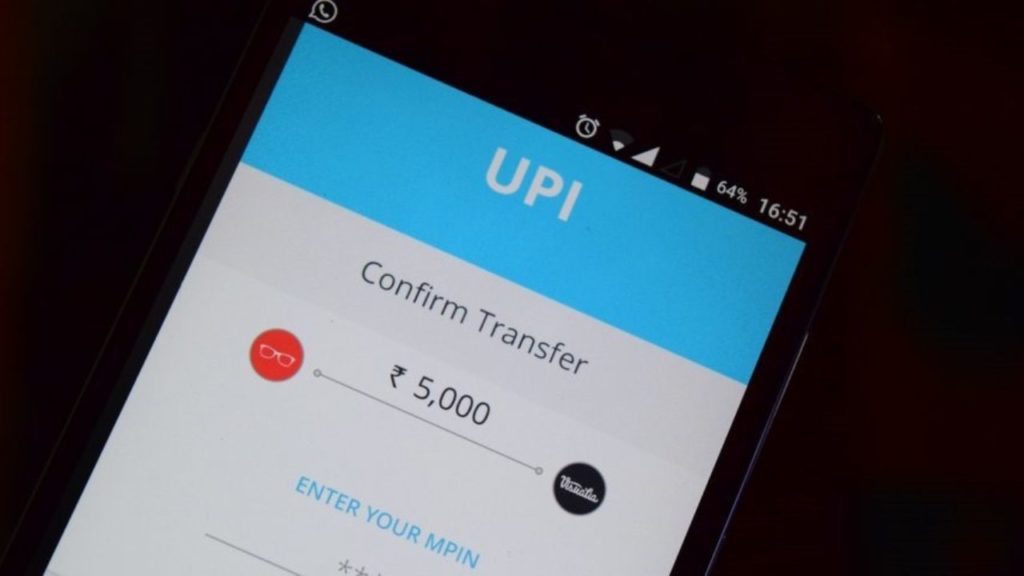Bye-Bye Free UPI Transfers: Kotak, Axis Bank Will Charge Rs 5 Per UPI Transfer Beyond 20 Transactions/Month

Axis Bank and Kotak Mahindra Bank have announced charges beyond 20 peer-to-peer fund transfers via UPI April 1, 2020 onwards.
Read to find out more…
What is the Fuss All About?
Axis Bank and Kotak Mahindra Bank have sent out advisories to customers, stating the upcoming charges.
After 20 free transactions, Axis Bank will impose Rs 2.5 per transaction less than or equal to Rs 1,000 and Rs 5 per transaction more than or equal to Rs 10,000. In addition, a GST at 18% will be applicable on these transactions.
Kotak Mahindra Bank clarified that UPI transactions that will continue to have zero charges are merchant payments, online shopping, and bill payments.
These charges, however, are not applicable to Axis Priority, Axis Burgundy and Axis Burgundy Private scheme codes.
Earlier, NPCI revised the UPI interchange and payment service provider fees to “zero” for all domestic UPI merchant (P2M) transactions with retrospective effect from January 1, 2020. The move to do away with these fees came after abolishing the Merchant Discount Rate (MDR). Payment service provider fees are the digital payments primary monetisation route for banks and UPI apps.
How will These Charges Benefit and Make Losses to Banks?
These additional charges will benefit the banks by earning more revenue by easing UPI transactions on their banking platform either through their own app or through e-wallet apps like Google Pay, PhonePe or Paytm. Currently, neither the banks or these third-party apps charge the users so as to keep the demand high.
According to NPCI, February 2020 saw a rise in the number of monthly transactions to 1.32 billion. The total yearly UPI transactions for 2019 were 10.87 which was 1.87 times year-on-year growth. But due to these additional charges, these numbers might fall drastically.
Will these charges drive the users’ preference back to cash transactions?
What is UPI?
Unified Payments Interface or UPI is an instant real-time payment system developed by National Payments Corporation of India (NPCI) to ease inter-bank transactions. It has become the backbone of India’s digital payments industry.
The interface is regulated by the Reserve Bank of India (RBI) and works by instantly transferring funds between two bank accounts on a mobile platform. UPI was launched in 2016, just a few months prior to the demonetisation.
UPI is used by many as they can easily send and receive money from a friend or a family member. With so many UPI providers, with more and more cash backs and scratch cards and discounts, there has been a rise of UPI use like no other mode of payment. It’s so widely used that it is the most preferred payment mode for a greater extent of P2P (Person to Person) transactions.
A new age technology UPI with 50% users has topped the chart for loan repayment followed by 47% of ECS payment in P2P lending, according to a LenDenClub study.

Comments are closed, but trackbacks and pingbacks are open.